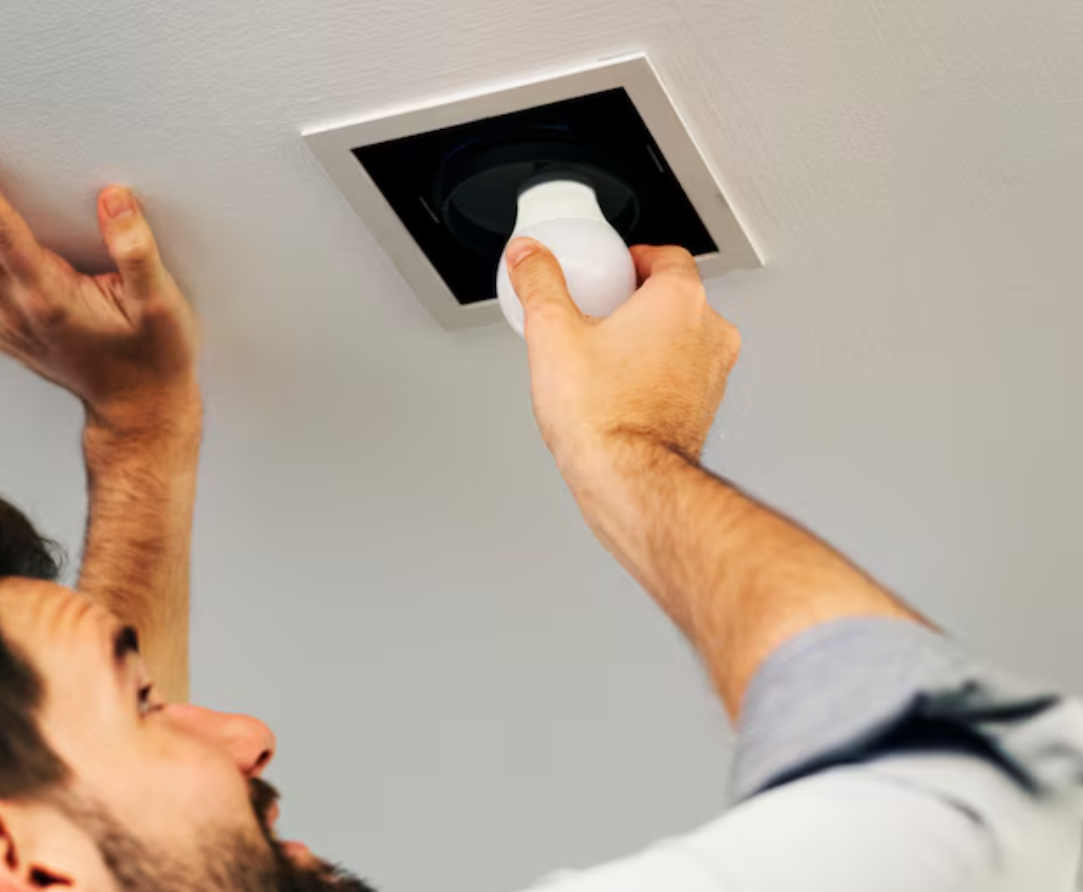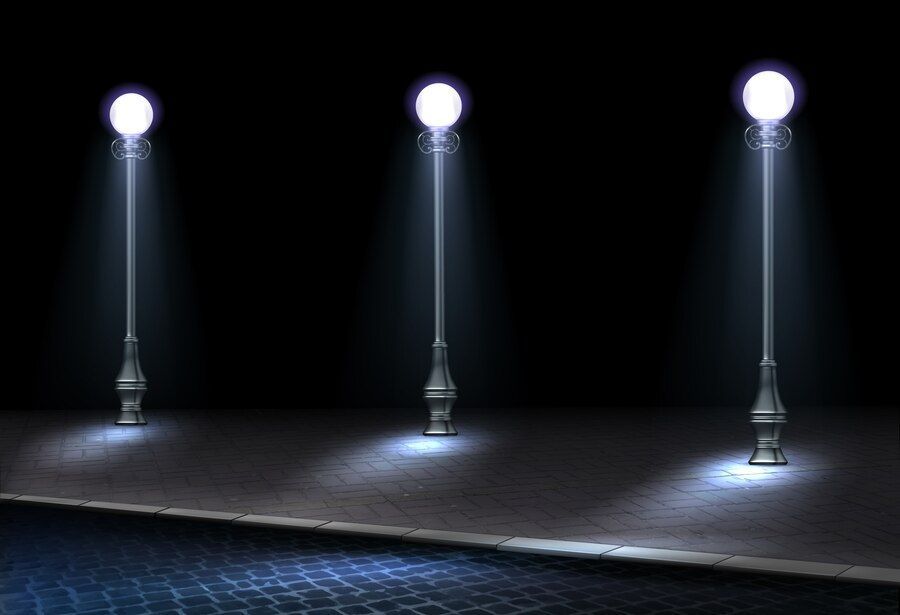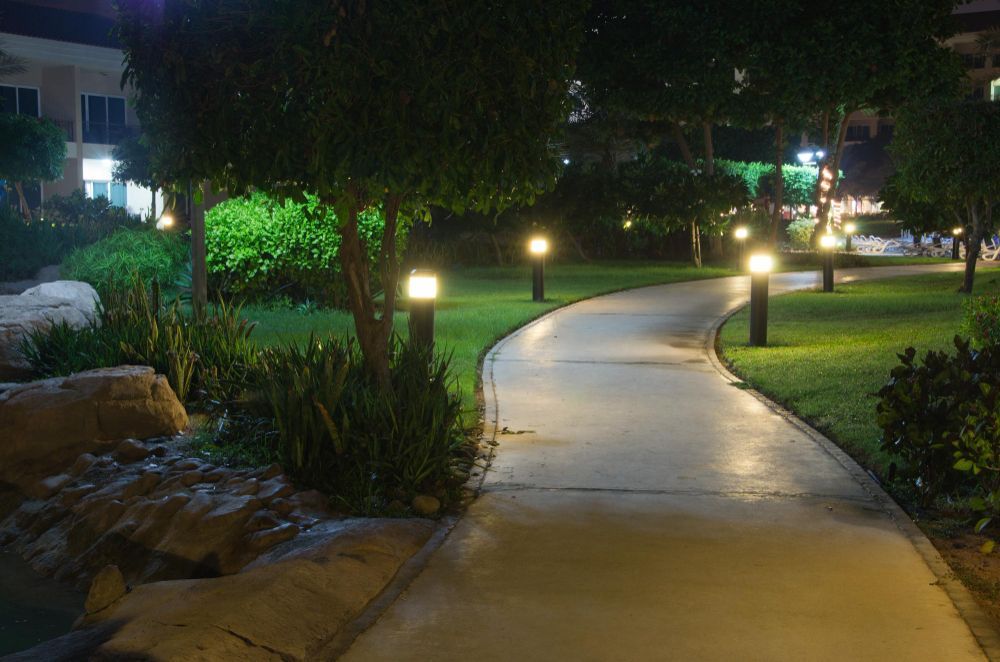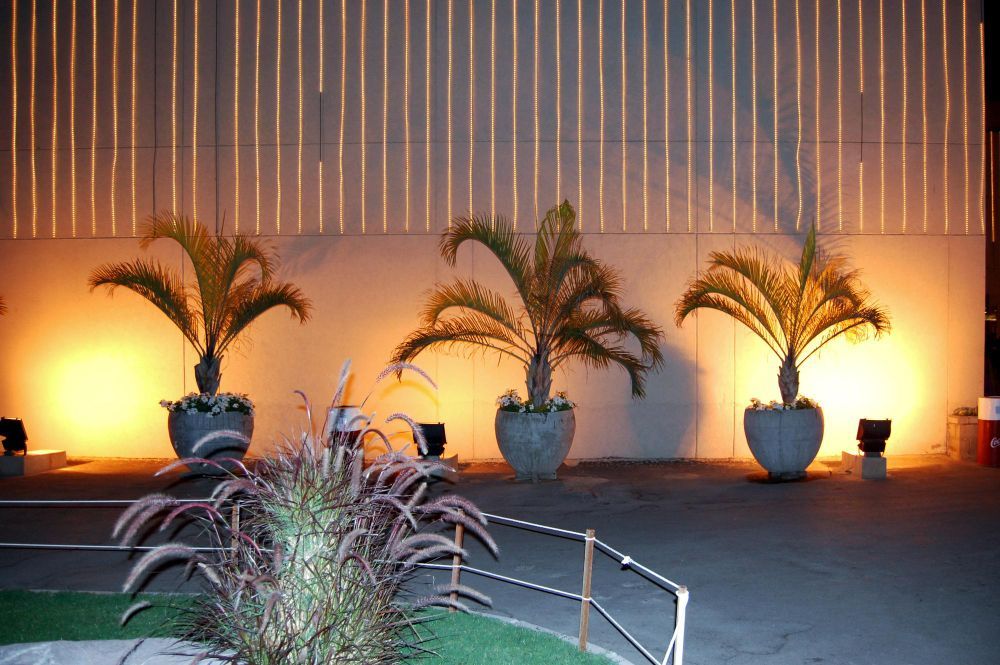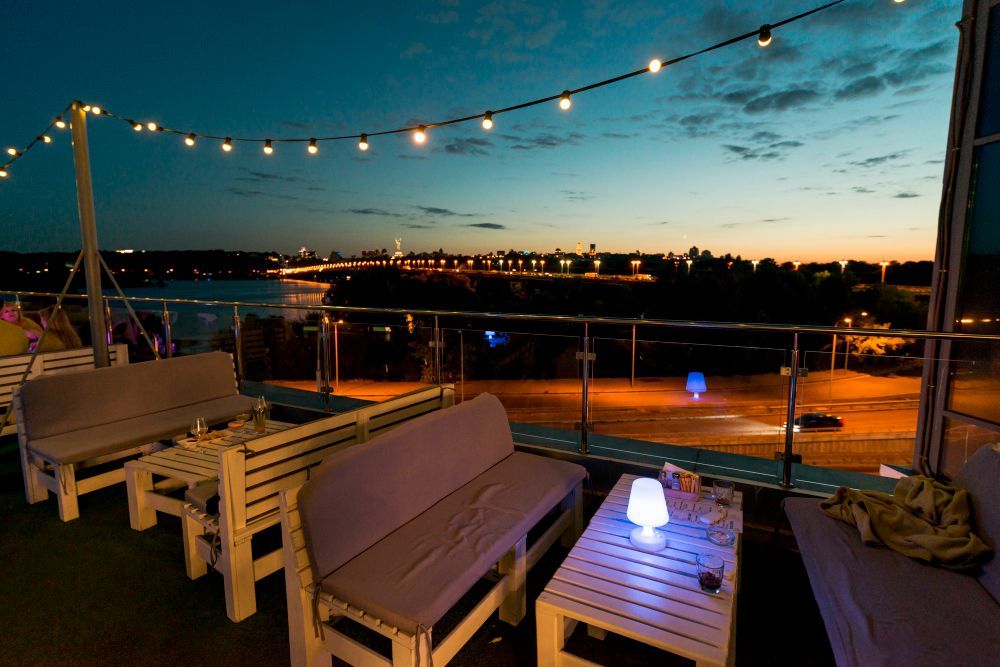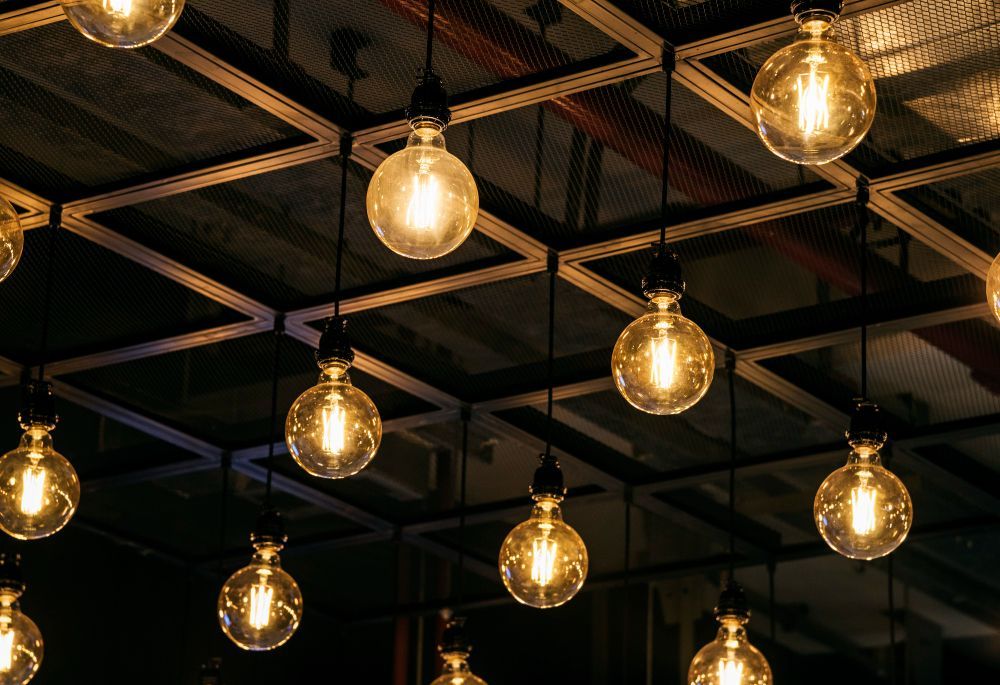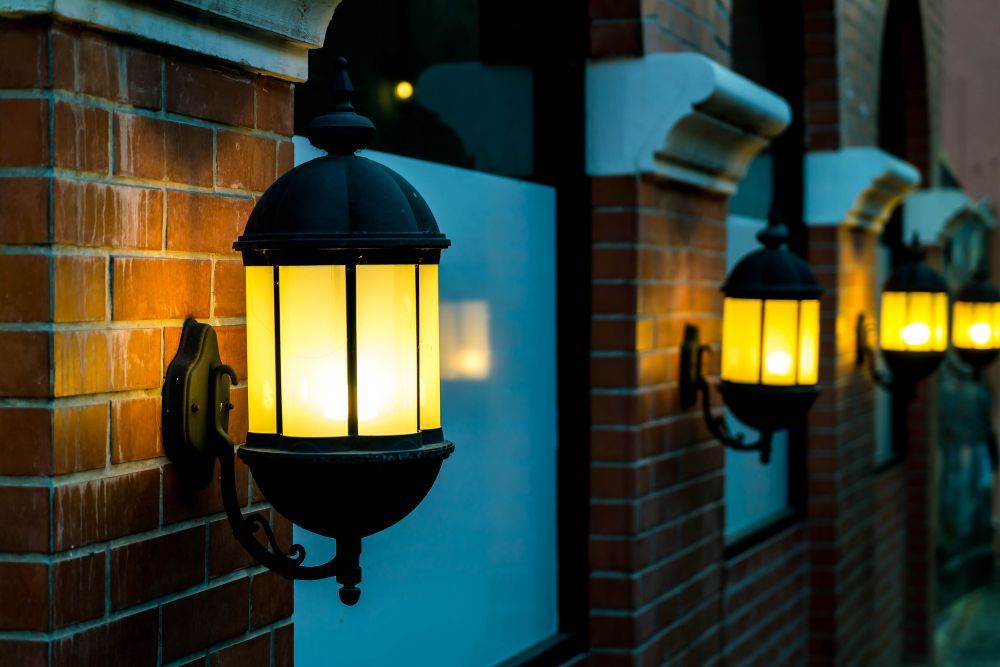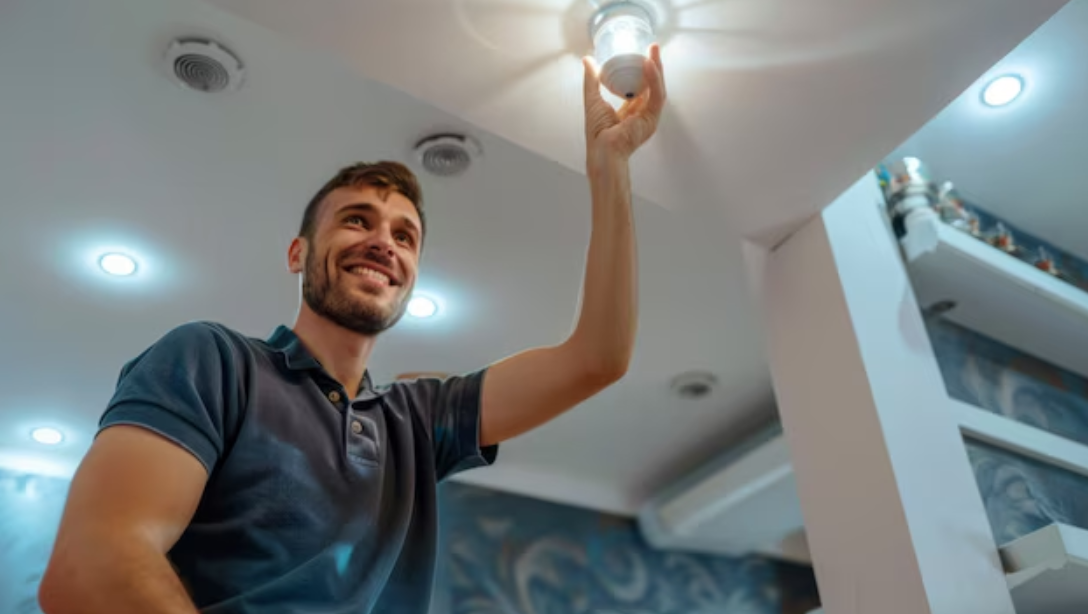Introduction to Outdoor Lighting Maintenance
Introduction
For safety and security, outdoor lighting maintenance is essential. Businesses and residential areas need well-lit properties because they keep out unwanted visitors. Additionally, regular maintenance lowers the chance of mishaps may have dropped and falls or, in the worst situation, electrical fires.
The Top 3 Most Typical Problems with Outdoor Lighting
Despite their durability, outdoor lighting systems are susceptible to a number of problems that can compromise their effectiveness over time. The most common issues with outdoor lighting include weather-related and environmental degradation, electrical issues, and lamp burnout.
Let's review them briefly.
Lamp Burnout
Lamp burnout usually happens due to heavy use, power surges, or using lamps not suited for outdoor conditions. When one lamp blows, others in the system may use more energy to make up for it. Common signs of burnout include the lamp not lighting up at all, flickering, dimming over time, or a noticeable color change, which often signals the lamp is close to burning out.
Always turn off the power before replacing a burnt-out lamp to avoid electric shock. If you keep experiencing burnout, there might be a problem with the power supply, such as frequent power surges. To protect your outdoor lights, consider using a surge protector.
Damage From Harsh Weather
Outdoor lights often face damage from harsh weather, especially in regions with big seasonal temperature swings and weather changes. This damage can lead to faulty lights or even safety issues. Common signs include lights not working after bad weather, visible damage like cracks or rust, water inside fixtures, and lights that become loose or wobbly, especially after strong winds.
Checking your outdoor lighting on a regular basis is the best defense against weather damage. You may be able to fix any damage you notice on your own, such a loose fixture. Seek expert assistance for more severe damage, such as water inside a fixture or noticeable physical wear. Choosing outdoor lighting made of sturdy materials is crucial to preventing damage from inclement weather.
Wiring Problems
Wiring issues in outdoor lights are often caused by exposure to weather, aging, or poor installation, leading to flickering, complete failure, or even safety hazards. Common signs include lights that turn on and off randomly, consistent flickering, frequent tripping of circuit breakers, visible damage like frayed or corroded wires, and mild shocks or tingling when touching fixtures.
Turn off the electricity before attempting to remedy wiring problems. Check for any loose wires, wear, or damage that is readily apparent. Most likely, minor issues like a loose wire may be fixed. If you have problems like frayed wires or frequent circuit breaker trips, call an electrician.
Tips for Regular Maintenance
For regular outdoor lighting maintenance, check your lights at least once every three months. You can spot the problems listed earlier in this book by routinely checking your outside lighting.
If you reside in a region with severe weather or have just been affected by an extreme weather event, you should check your lights more frequently. For instance, right after a storm, check your landscape lighting.
To check your lights, follow these three steps.
Clean Fixtures and Lamps
Dirt and debris buildup on outdoor lights can reduce brightness and affect performance. Always turn off the power before cleaning, then gently wipe lamps and fixtures with a soft, dry cloth to clear away loose dirt. For tougher grime, use a cloth with mild soapy water, then dry thoroughly to avoid water damage. Avoid harsh chemicals, as these can damage the finish of your lighting fixtures.
Check the Connections and Wires
To keep your outdoor lights safe and working well, check the wiring and connections regularly. Look for any damage like frayed wires or loose connections. If you find something serious or aren't sure what to do, call a professional electrician for help.
- Check and Replace the Lamps
To extend the life of your outdoor lighting, replace faulty lamps promptly. Start by turning off the power, then remove the old lamp and install a new one. LED lamps are a good choice for their energy efficiency and long lifespan. Make sure to select a lamp designed for outdoor use.
Conclusion
This guide on outdoor lighting maintenance addresses some of the problems you may encounter, such as weather-related issues, wiring issues, and lamp burnout. The three steps to do a routine examination were also taught to you. This entails checking and changing lighting, cleaning fixtures, and lamps, and examining wires and connectors.
If you need assistance with any electrical outdoor lighting problems, be wise and seek the advice of a qualified electrician because an electric shock can be harmful.
